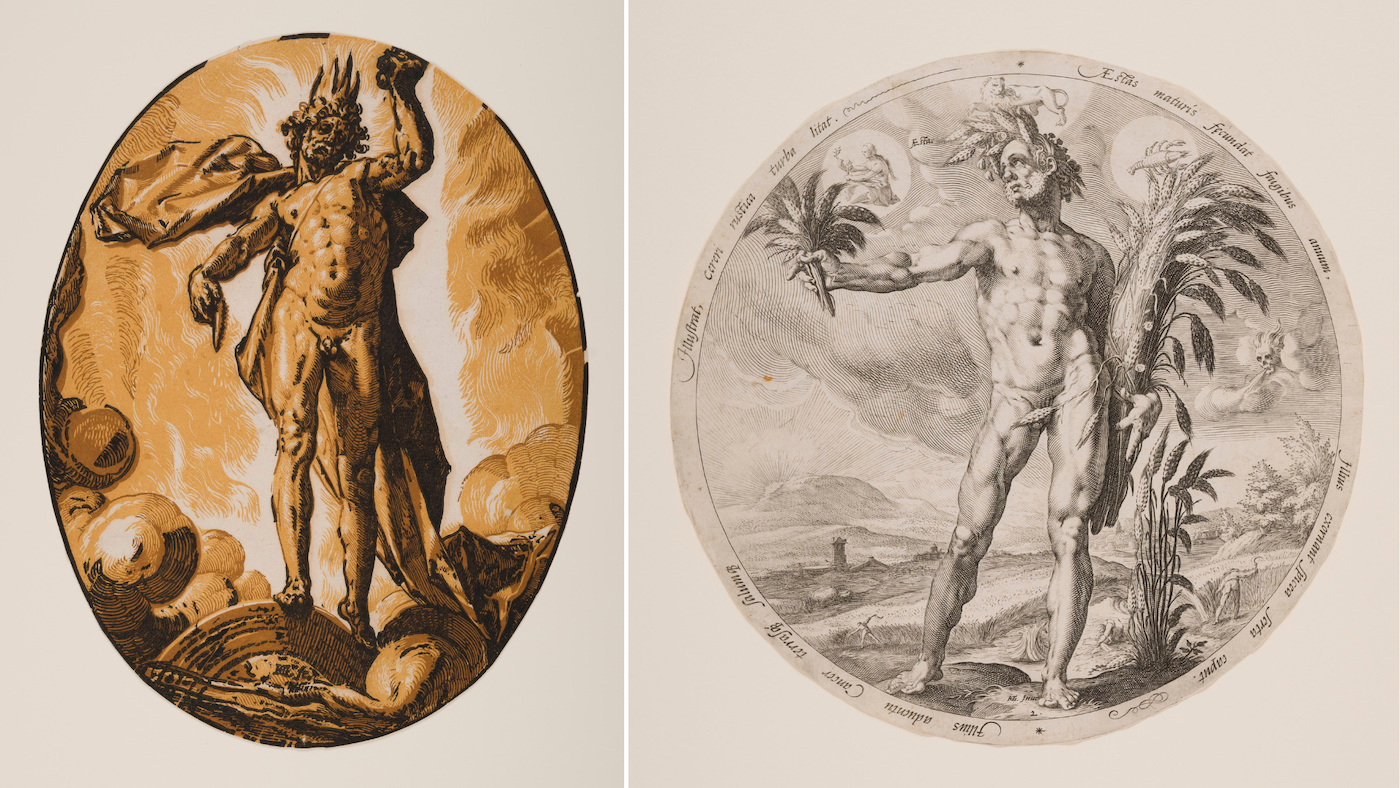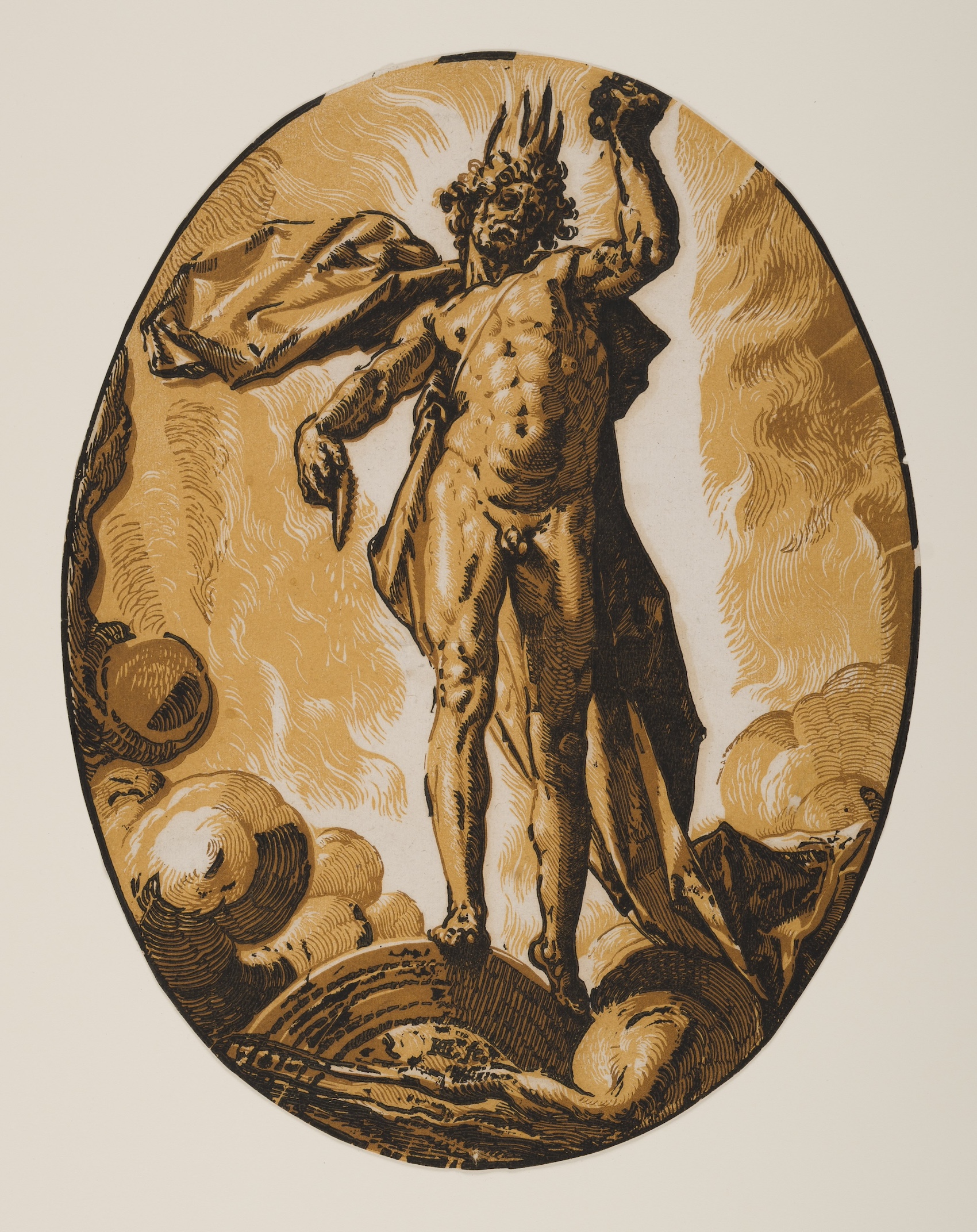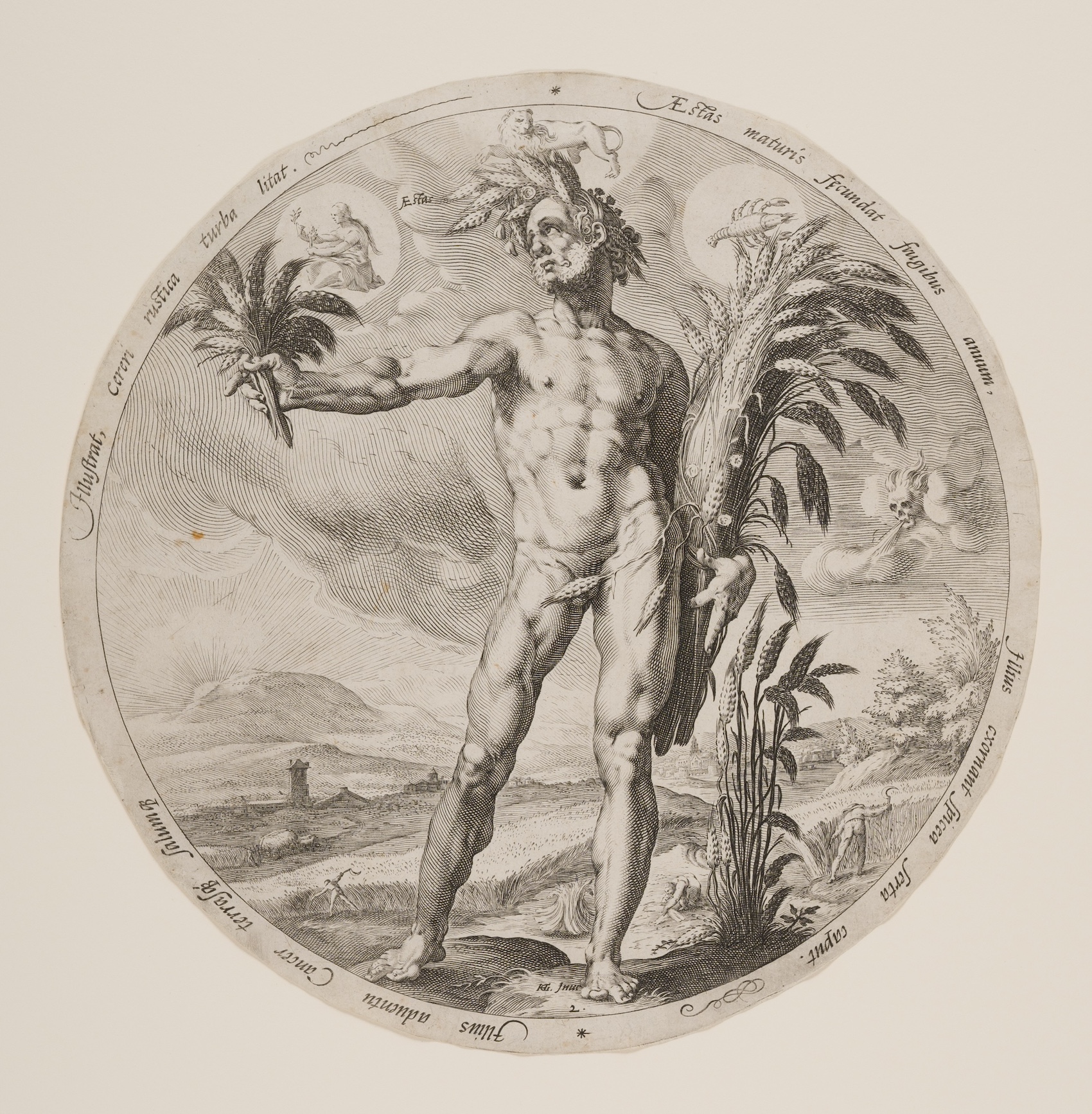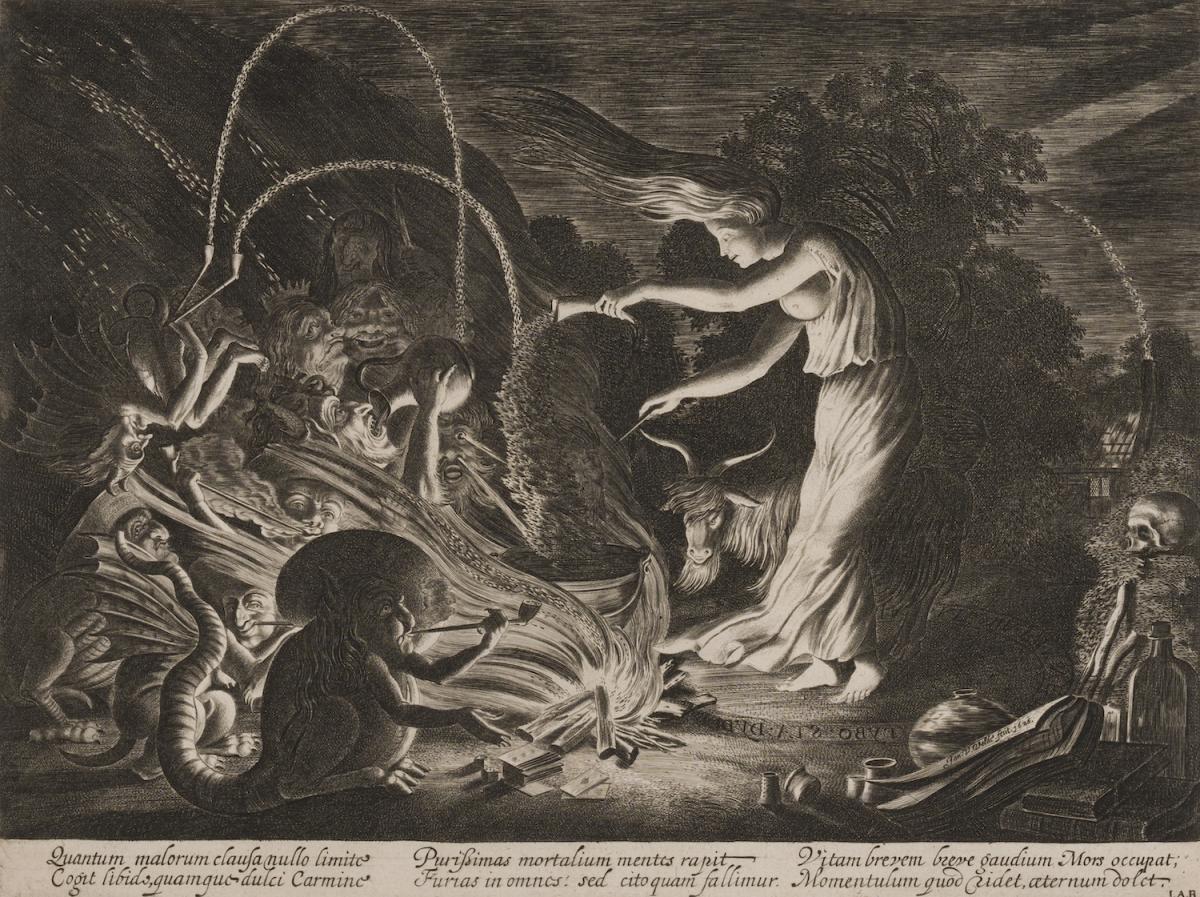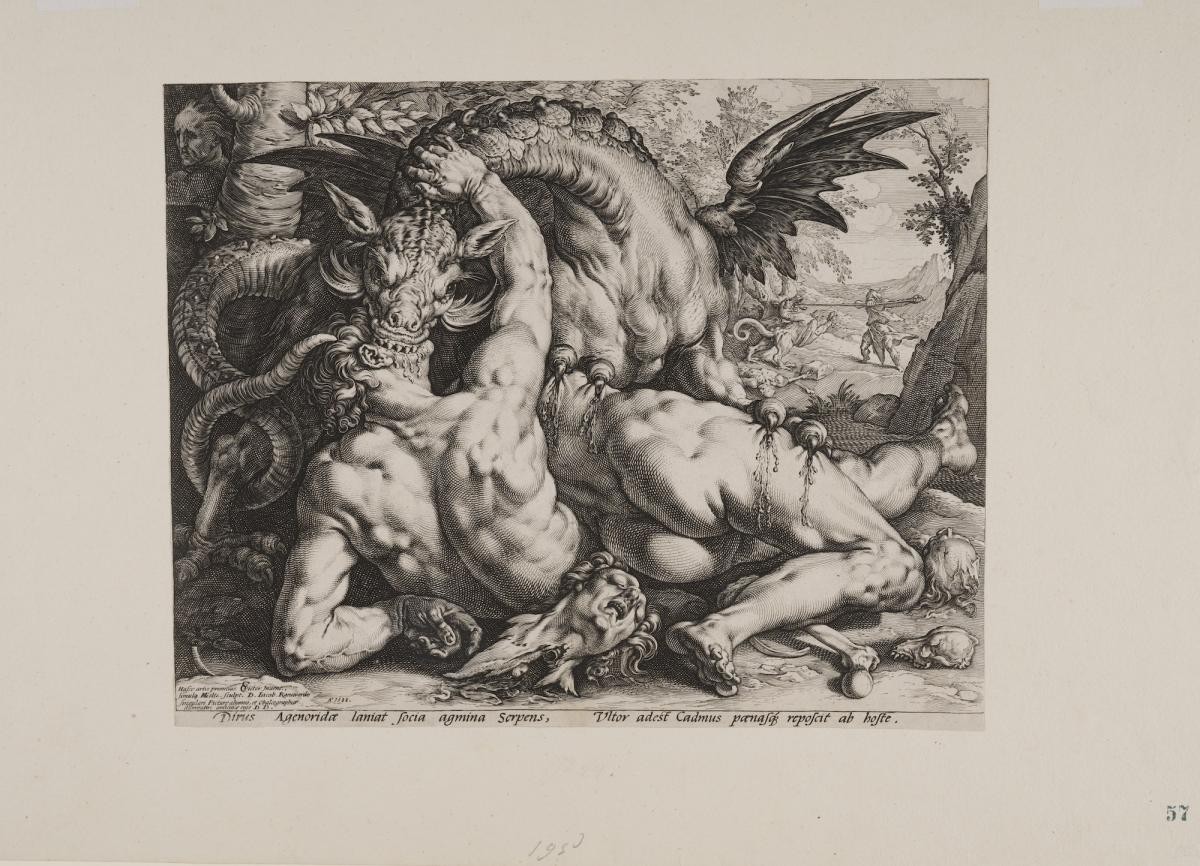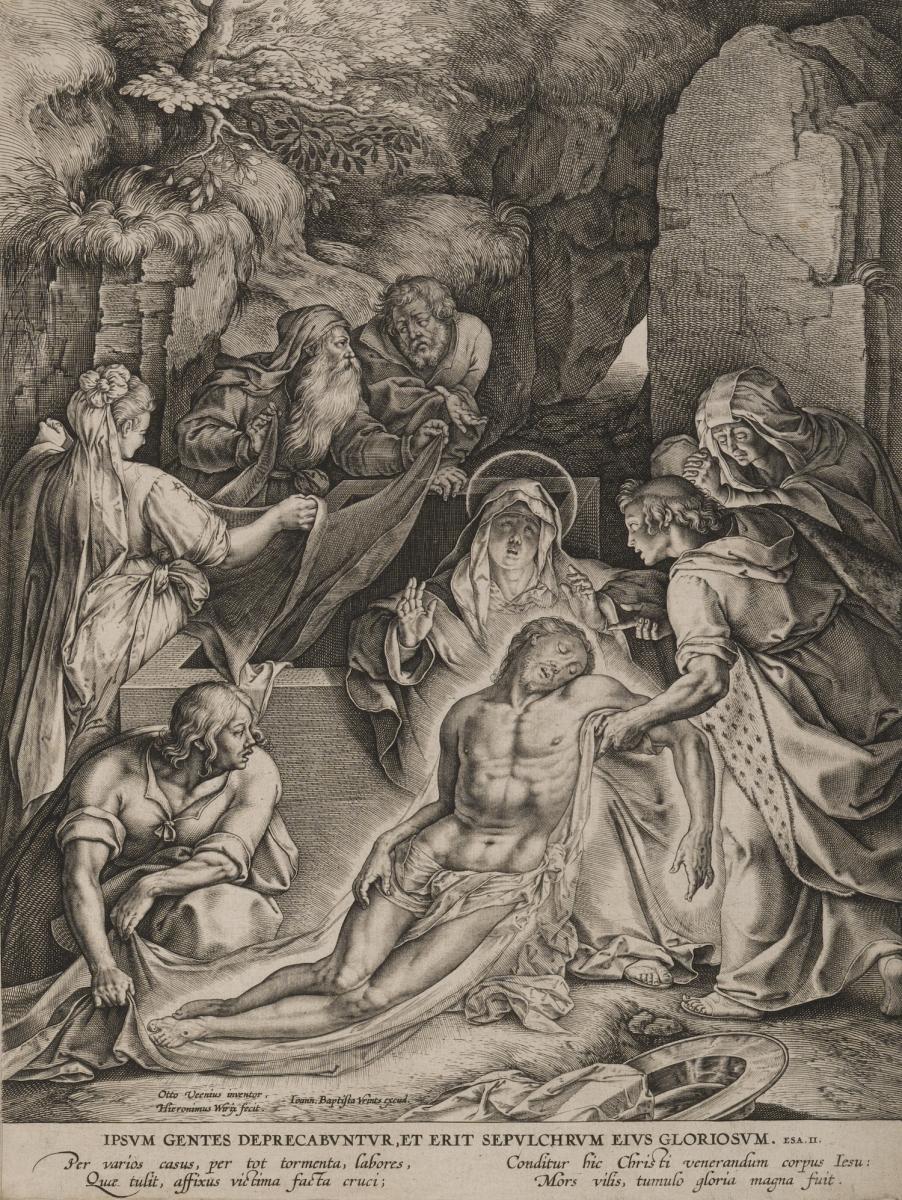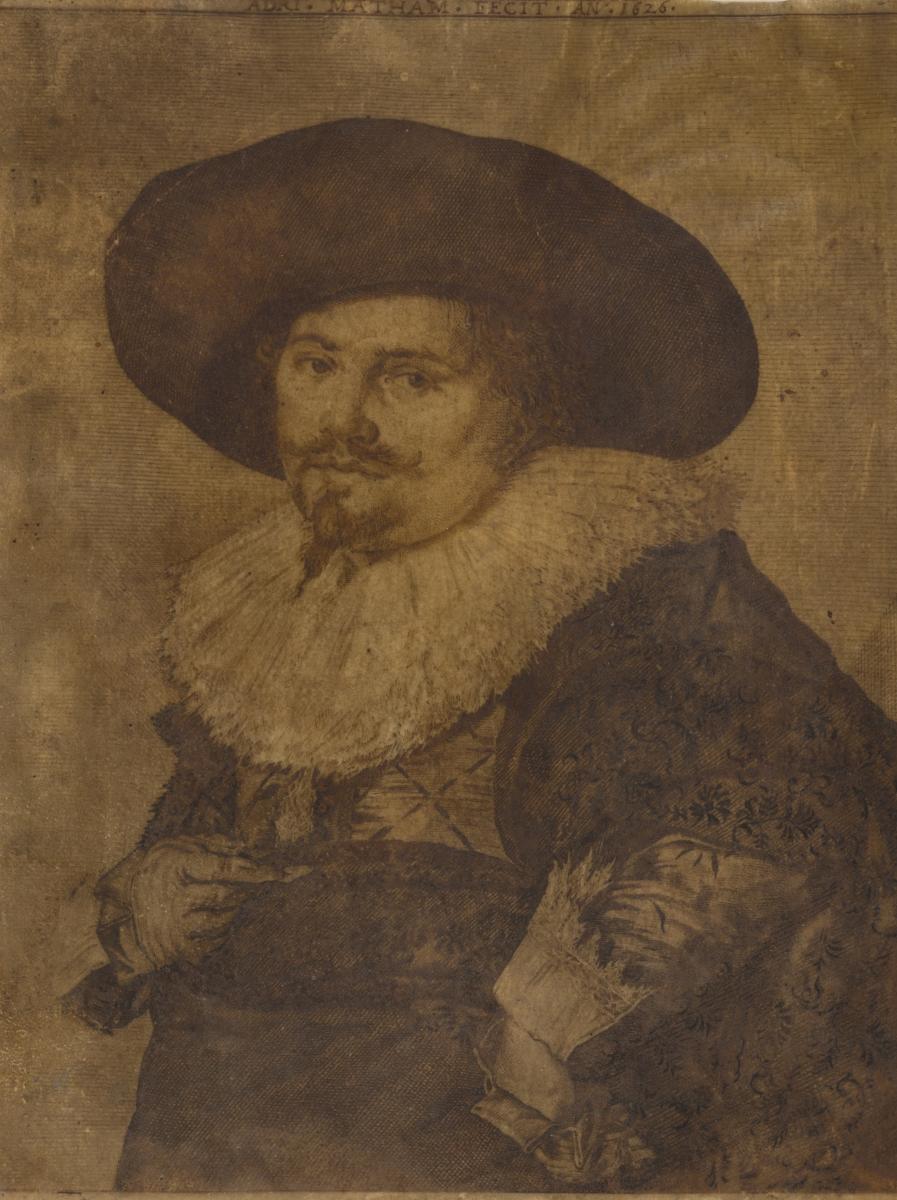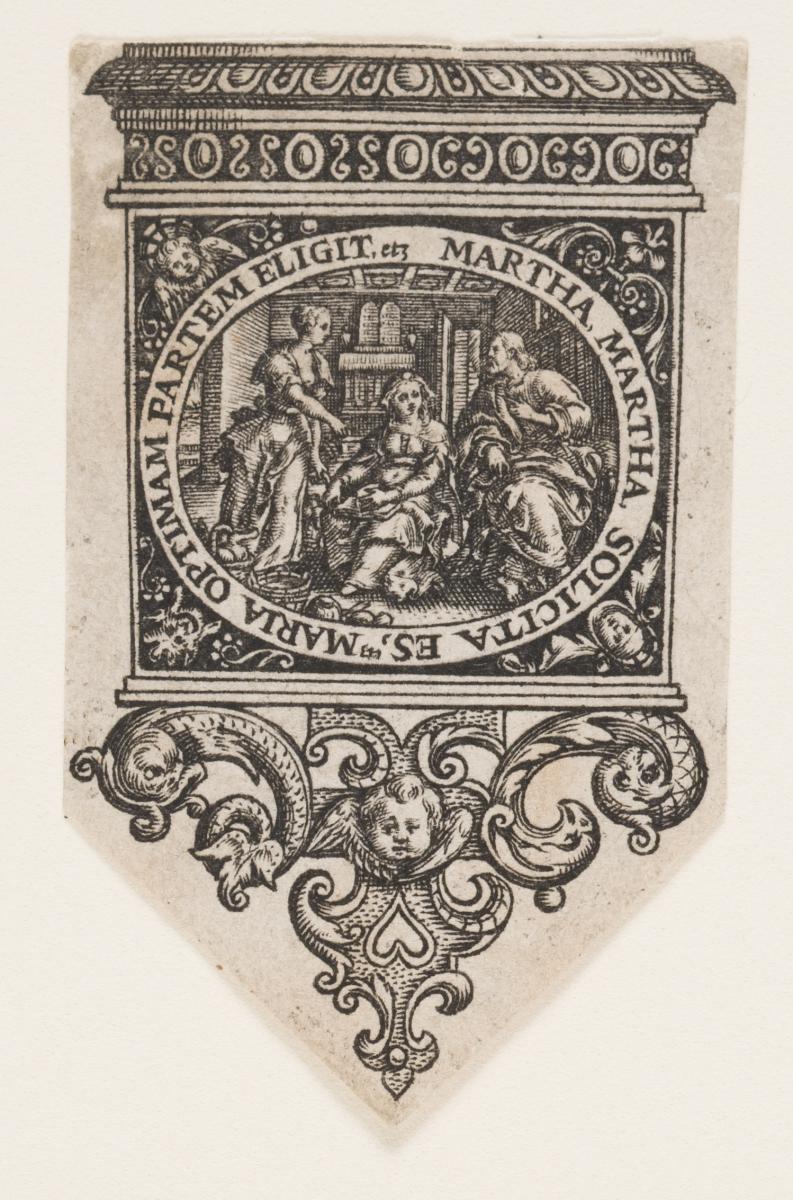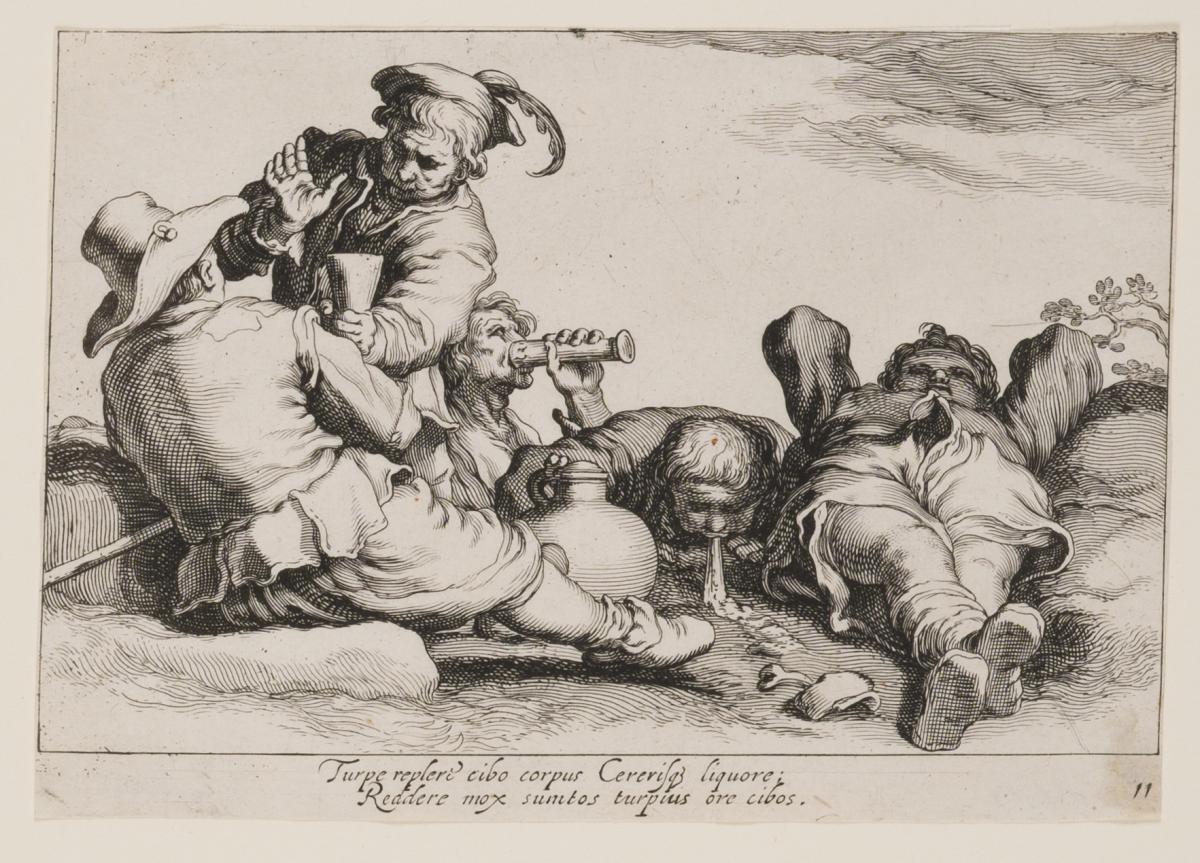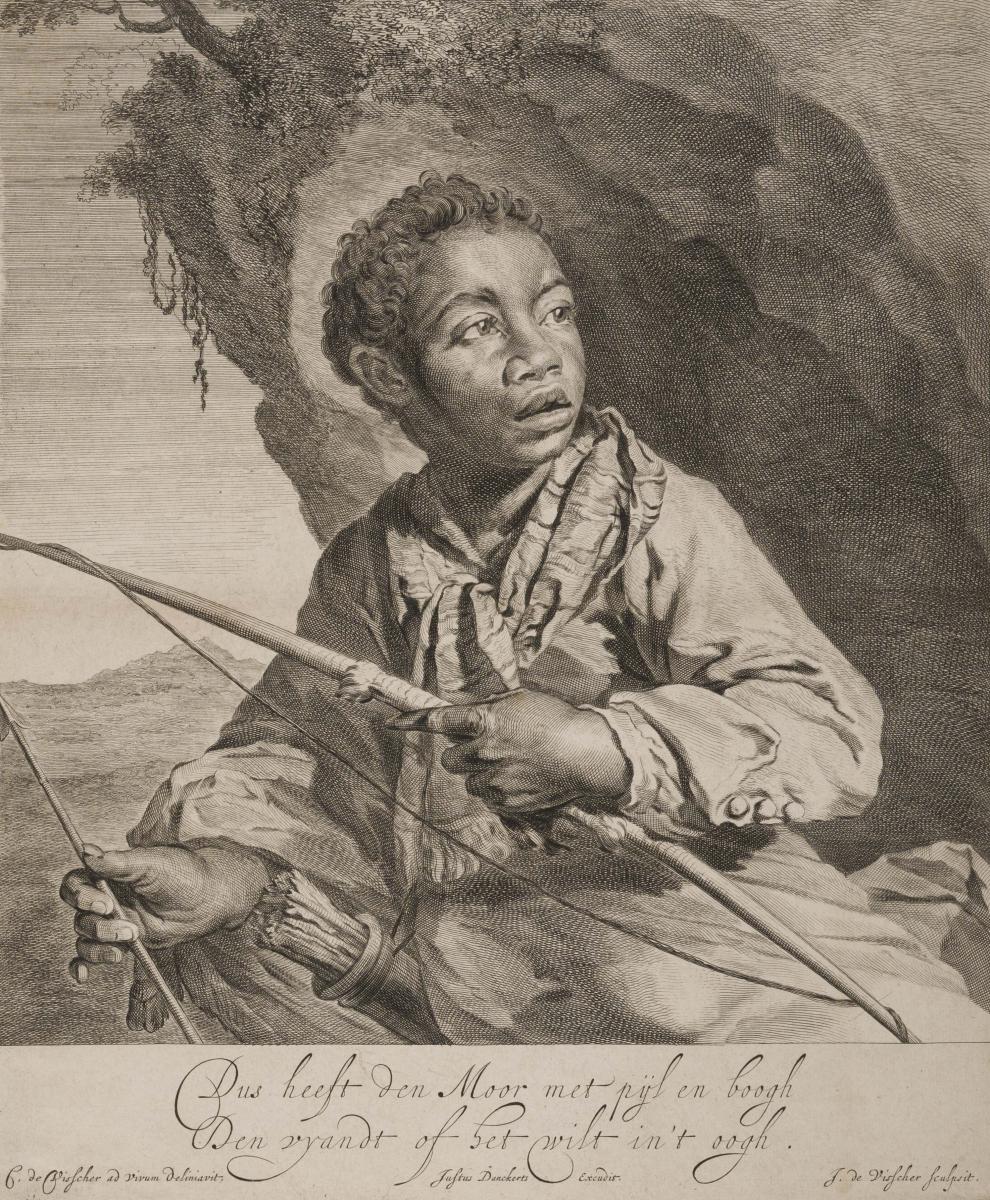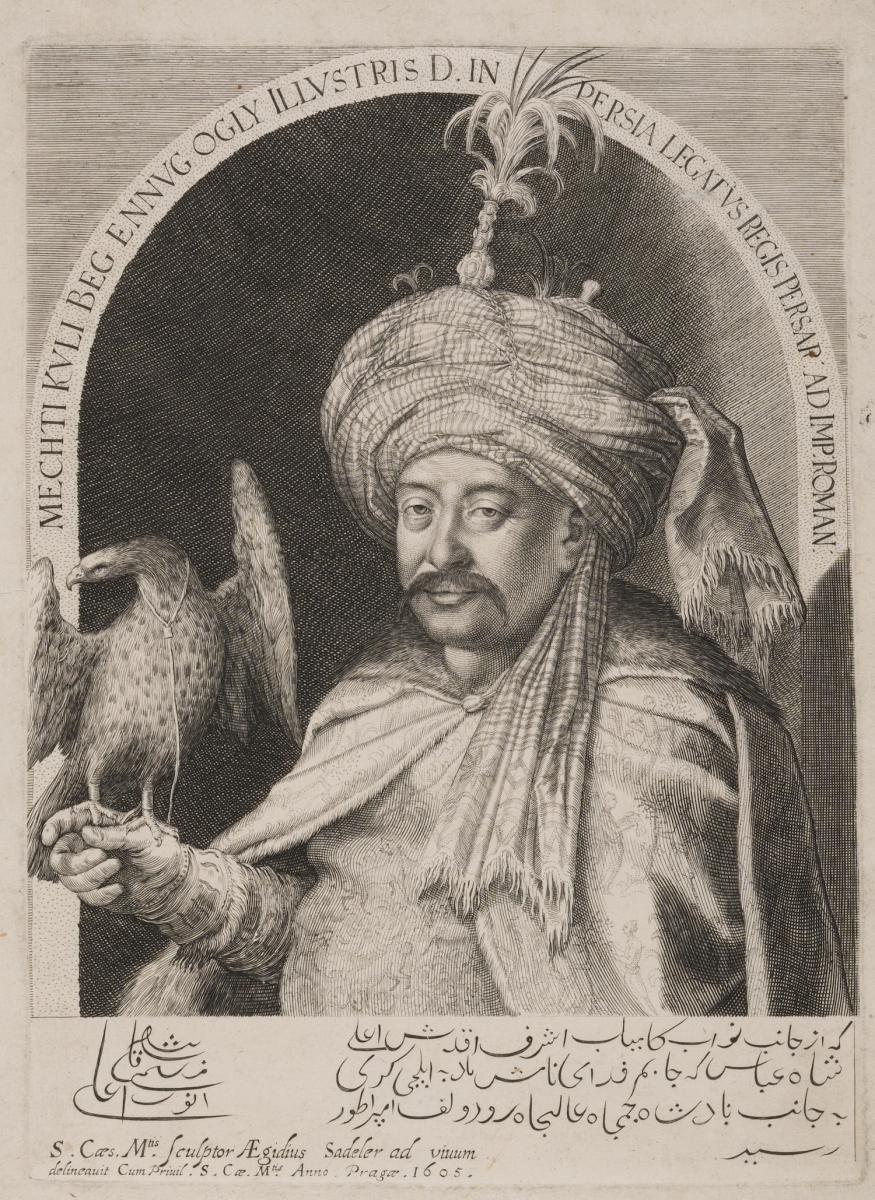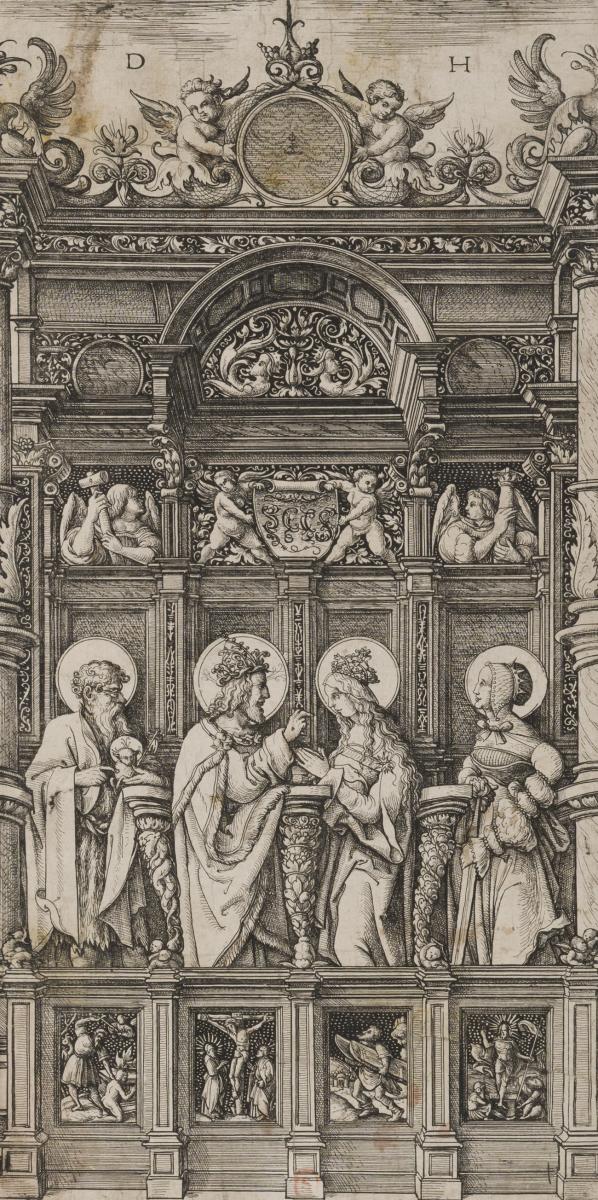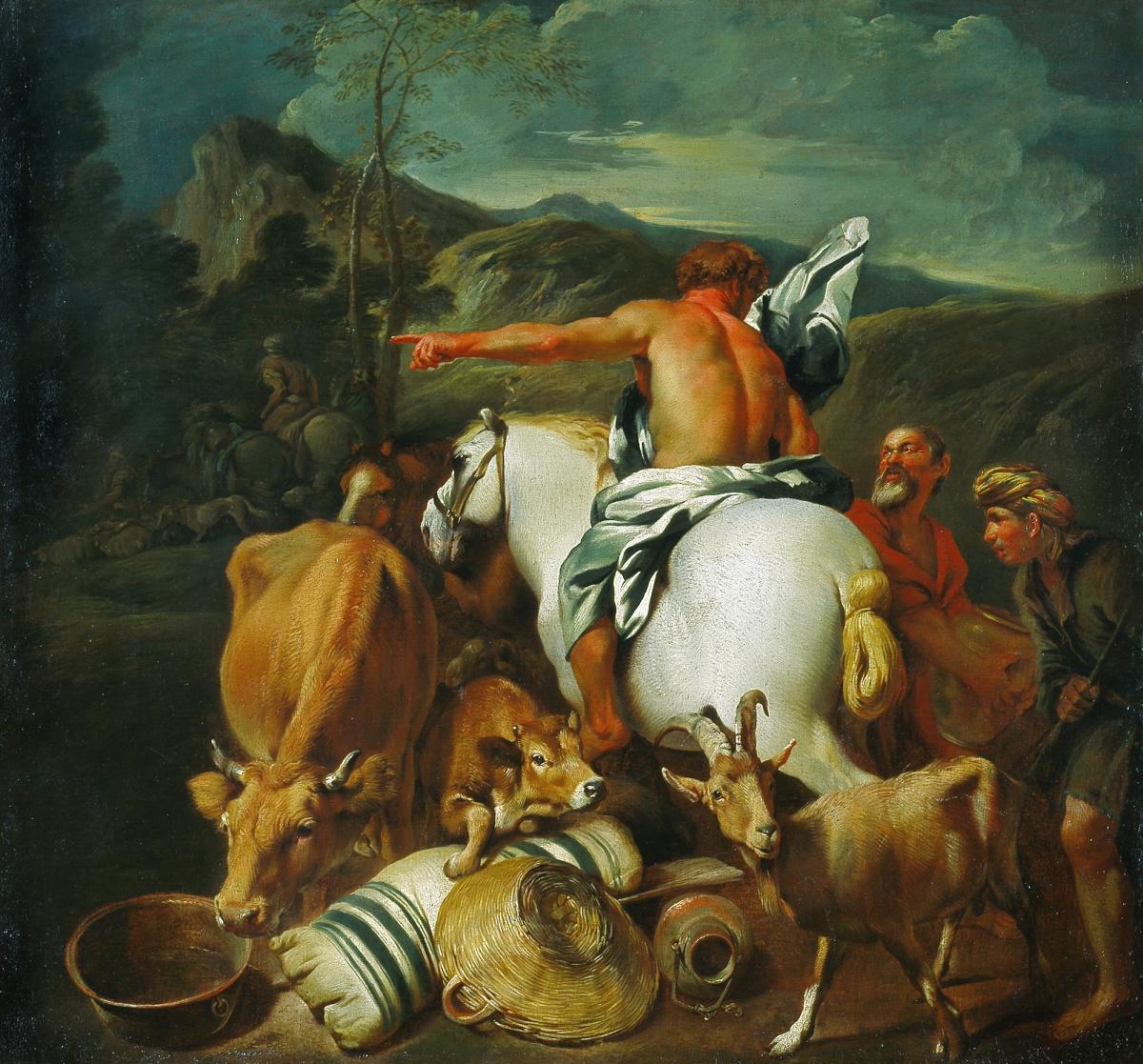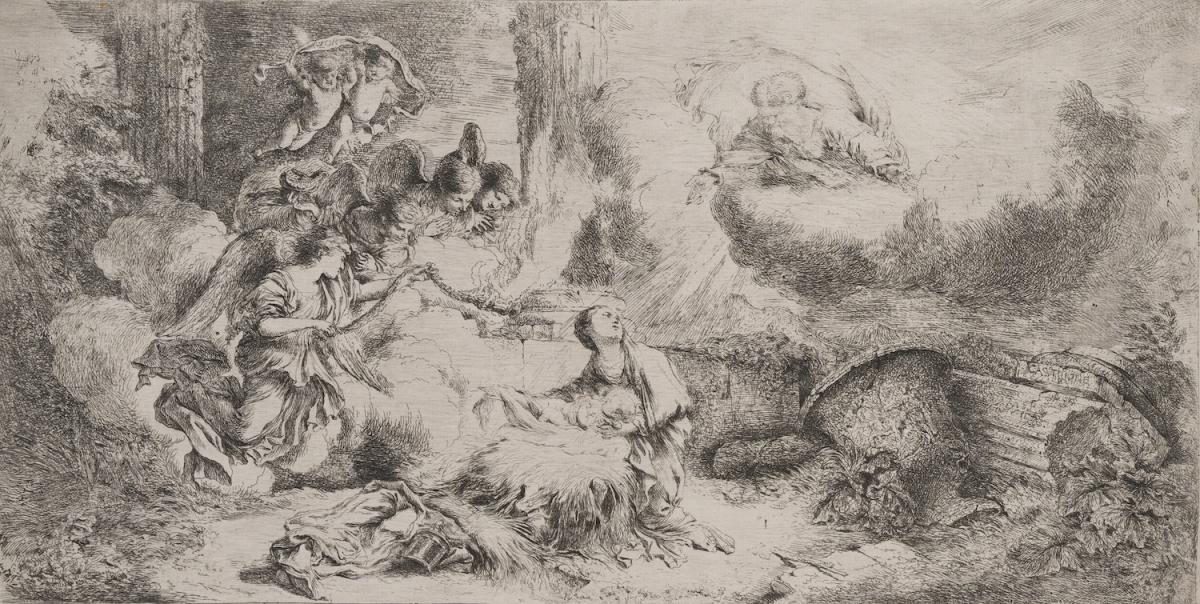How far does the apple fall from the tree?
Just as certain traits, abilities, and resources might be inherited from a parent, professions traditionally were as well. This exhibition tells the stories of 16 printmaking families active in European cities from Antwerp to Prague in the 16th and 17th centuries. In some cases, families appear artistically tight-knit, developing a “house style” to a degree that the works of individual members are almost indistinguishable from one another and their “brand” is maintained. In other instances, members of the younger generation struck out on their own, venturing far across Europe to seek new patrons and updating their style to suit changing tastes (although still trading on their parents’ reputations). The copperplates of famous relatives were valuable inheritances that, through reprinting, prolonged the legacies of certain artistic dynasties for several centuries.
Drawing from the Blanton’s collection of historical European art, A Family Affair presents prints, drawings, and paintings created by some of the continent’s most fascinating artistic families, revealing patterns of inspiration, rivalry, and changing family fortunes.
The second part of this exhibition, A Family Affair: Artistic Dynasties in Europe (Part II, 1670–1900), opens June 28, 2025.
Curated by Holly Borham, Curator of Prints, Drawings and European Art, and Sarah Bane, Assistant Curator, Prints & Drawings, Blanton Museum of Art.
Introduction
How far does the apple fall from the tree? This exhibition examines the influence of family relationships on artistic production in Europe during the sixteenth and seventeenth centuries. Just as certain traits, abilities, and resources might be inherited from a parent, professions traditionally were as well. Artists typically trained in an apprentice system, where they assisted a master until they could demonstrate technical proficiency and start their own workshop. In the case of intaglio printmaking, apprentices would learn to draw; engrave or etch designs on copperplates; prepare inks and paper; and, in many cases, ink and print the plates as well. Within this economic structure, it was customary for fathers to train their sons (and occasionally daughters) who would eventually inherit the workshop, which included such assets as drawings, tools, and copperplates.
A Family Affair tells the stories of sixteen printmaking families active in European cities from Antwerp to Prague. In some cases, families appear to have been artistically tight-knit, developing a “house style” to a degree that the works of individual members are almost indistinguishable from one another and their “brand” is maintained. In other instances, members of the younger generation struck out on their own, venturing far across Europe to seek new patrons and updating their styles to suit changing tastes (although still trading on their parents’ reputations). The copperplates of famous relatives were a valuable inheritance that, through reprinting, prolonged the legacies of certain artistic dynasties for several centuries. Drawing from the Blanton’s deep holdings of historical European art, A Family Affair presents prints, drawings, and paintings created by some of the continent’s most fascinating artistic families, revealing patterns of inspiration, rivalry, and changing fortunes.
Please visit again for A Family Affair: Artistic Dynasties in Europe (Part II, 1700–1900), June 28–December 7, 2025. This entirely new installation will trace the evolution of family workshops through the late nineteenth century and include such prominent artistic families as Giambattista and Giovanni Domenico Tiepolo, Édouard Manet and Berthe Morisot, and James McNeill Whistler and Francis Seymour Haden.
MEMBERS SEE THIS FOR FREE
Get year-round free admission to the museum and special exhibitions, access to exclusive member-only events, discounts, and more!

